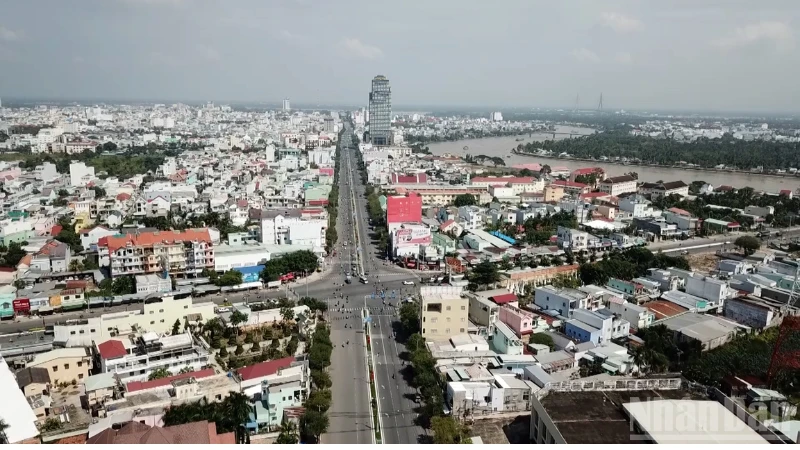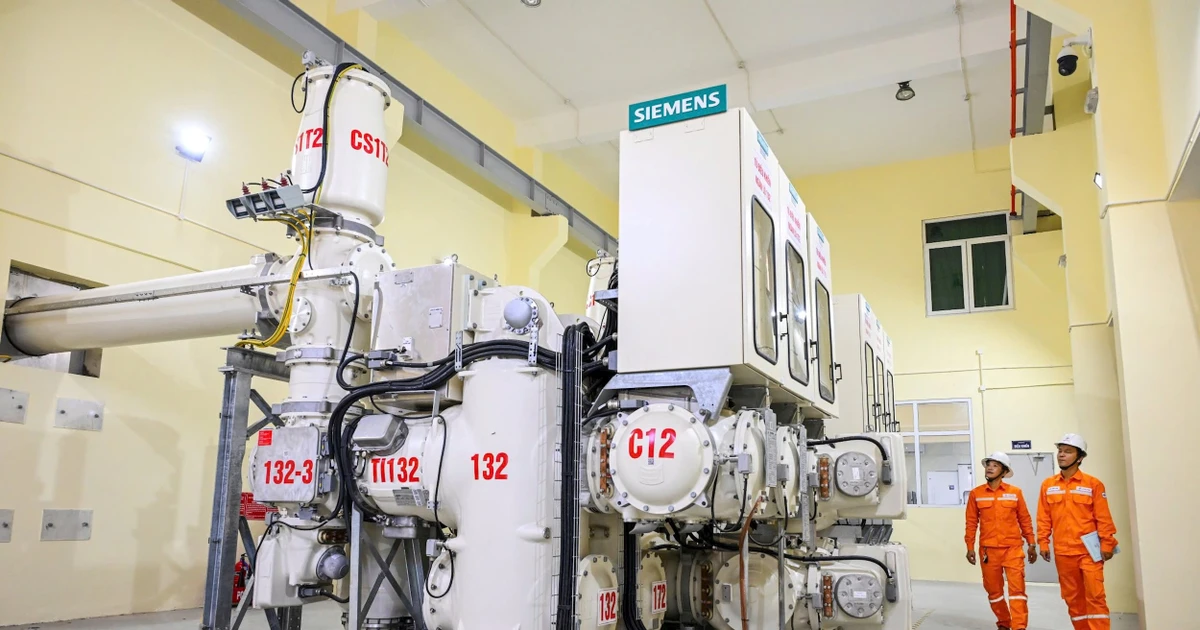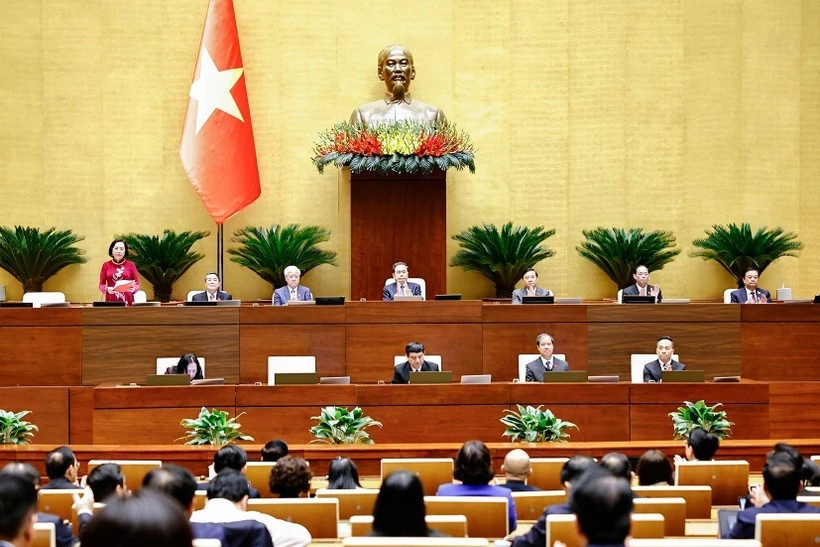According to the National Comprehensive Financial Strategy to 2025 with a vision to 2030, the government has set the target for the growth rate of cashless payment transactions at 20–25% per year. This target reflects Viet Nam’s determination to advance rapidly into the digital economy, in which digital payments play a vital infrastructure role, connecting people, businesses, and the government through a modern technological platform.
Digital payments –foundation of digital economy
In recent years, Viet Nam’s payment infrastructure has developed at an exceptional pace. Bank cards, e-wallets, QR codes, digital banking, and mobile banking have become essential to modern life. Tran Van Thanh, Deputy Head of the Department of Digital Channels and Partner Development at the Joint Stock Commercial Bank for Foreign Trade of Viet Nam (Vietcombank), said that digital technology has become the essential foundation and an inevitable driver of economic growth, with digital payments emerging as a leading force shaping a modern financial ecosystem.
In 2024, the total value of cashless payment transactions reached 295.2 quadrillion VND — 26 times the size of GDP — with 17.7 billion transactions, up 56% compared to 2023. QR code payments alone increased by over 81% in the first quarter of 2025, reflecting a dramatic change in consumer behaviour.
One of Viet Nam’s payment infrastructure highlights is the development of NAPAS — an intermediary connecting 68 banks, financial companies, and payment-infrastructure-providing partners. According to Nguyen Hoang Long, Deputy General Director of NAPAS, in September and October 2025, the NAPAS system processed an average of 35–36 million transactions daily, meaning about 70 million people used money transfer and payment services via NAPAS and its member organisations each day — equivalent to one-third of Viet Nam’s population each day.
In 2024, the NAPAS system handled nearly 10 billion transactions, and it is expected to reach 11–12 billion in 2025. In addition, NAPAS is expanding its international cooperation. In 2025, it plans to complete cross-border QR payment connectivity for Chinese tourists in Viet Nam, and outbound transactions to China are expected to be carried out in 2026. The system is also working to connect with Japan, the Republic of Korea, and Singapore to create the foundation for Viet Nam’s payment infrastructure to reach regional and global markets.
Lessons from other countries show the potential of this shift. Chinese people have used mobile phones to board metros since 2017; in Japan, people’s payments for train and bus tickets and normal goods are all integrated in a single app. In Viet Nam, with a high rate of mobile users and a developed payment infrastructure, it is completely possible to shorten the gap with developed countries.
“Digital payments must reach every citizen through every public service. If we still need many cards to board the metro, it means we have not completed our mission,” said Pham Tien Dung, Deputy Governor of the State Bank of Viet Nam (SBV).
He called on banks to integrate existing payment methods into public transport systems towards a truly cashless urban environment.
Khuat Viet Hung, Chairman of the Members’ Council of Ha Noi Metro One Member Limited Company, said the Cat Linh–Ha Dong metro line is piloting a new electronic payment system that allows passengers to pass through gates by using citizen ID cards, Visa cards, or QR codes. The Ha Noi Metro app also supports personalised e-tickets using facial recognition, ensuring safety, convenience, and modernity.
Legal framework must be one step ahead
According to the latest SBV data, in the first seven months of 2025, QR code transactions increased by 66.7% in volume and 159.6% in value year on year. Currently, 87% of adults have bank accounts, and many credit institutions report that over 90% of transactions conducted through digital channels. However, growth comes with the challenge of ensuring cybersecurity. “For digital transformation to advance, the legal framework must be one step ahead,” affirmed Pham Anh Tuan, Head of SBV’s Payment Department.
In recent years, SBV has improved its legal framework at many levels. Key laws such as the Law on Electronic Transactions (2023), the Law on Credit Institutions (2024), and the Law on Personal Data Protection (2025), have established a foundation for digital banking, electronic identification, and secure data sharing.
Moreover, Decree No. 52/2024/ND-CP on cashless payments, Decree No. 94/2025/ND-CP on the regulatory sandbox for financial technology (Fintech), and Decision No. 316/QD-TTg on Mobile Money, all have contributed to creating a comprehensive, transparent, and flexible legal framework. Multi-layered security solutions have also been widely deployed, notably mandatory biometric authentication for large transactions and the application of tokenisation technology to ensure absolute security for mobile transactions. Meanwhile, SBV has piloted the Supervising and Preventing Fraud Risk (SIMO) system, which provides timely alerts and has helped suspend or cancel fraudulent transfers worth over 1,500 billion VND as of early September 2025.
However, digital transformation in payments is not only a technological matter. “Technology is the driving force, but people and culture are the foundation. A smart and humane financial system is not built only on machines but also on the trust of the society and the accompaniment of every citizen,” emphasised Nguyen Xuan Thanh, an expert from Fulbright University Viet Nam.
















